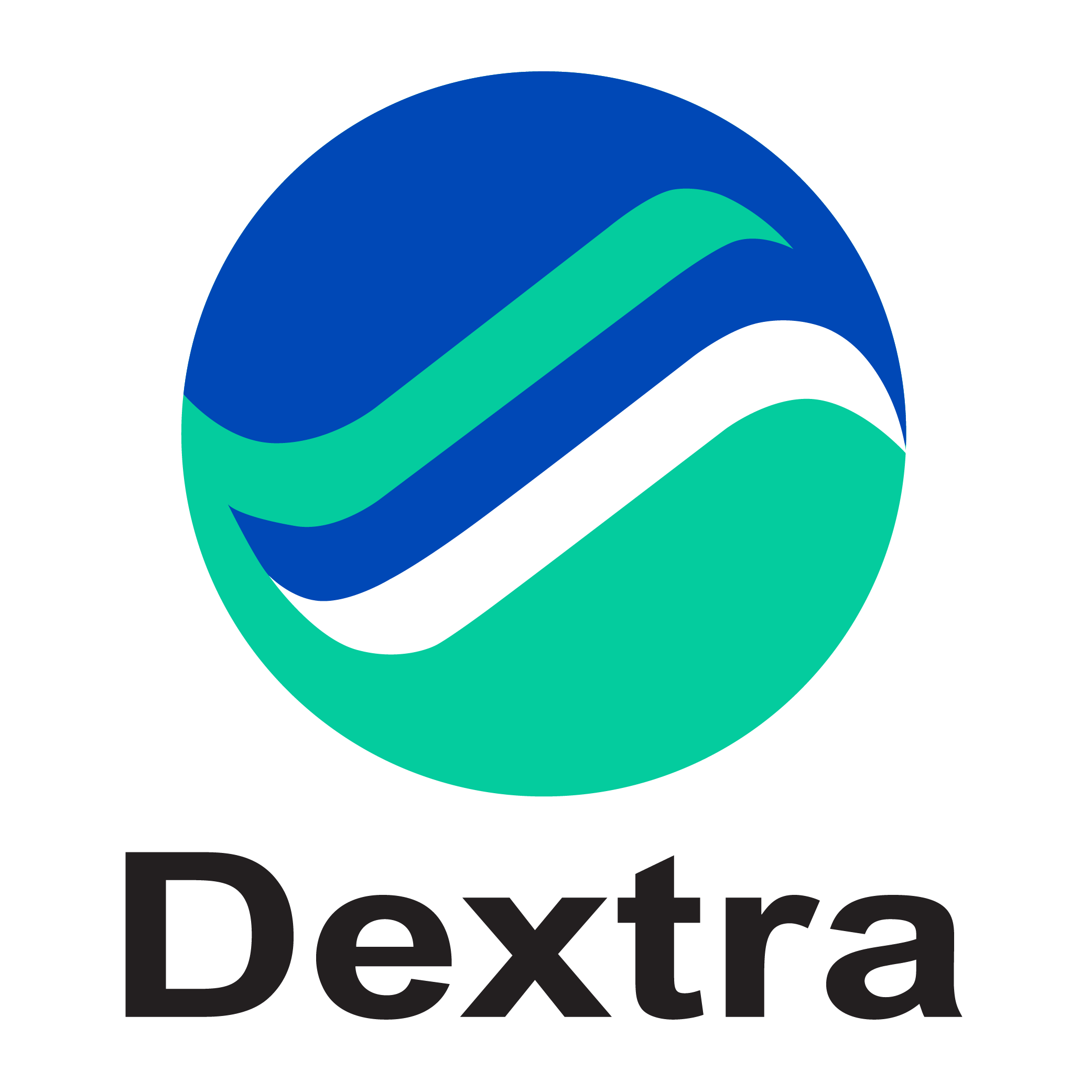Métro de Chennai
The Chennai Metro is an urban transport system in the city of Chennai, a large and fast-developing city in the south of India. The system comprises four lines, partly underground and partly elevated, and a total of 42 stations. Construction started in 2009, with the first line opening to the public in 2015. The total planned length of the system exceeds 45.1 km.
Underground Stations
For this large construction project, Dextra was involved between 2011 and 2015 in the design, engineering, and supply of 61 FRP Soft Eyes for station entry/exit points as well as TBM insertion/extraction shafts.
Thanks to the properties of FRP material, Tunnel Boring Machines cut through the D-Wall in minimal time, saving time in the schedule and ensuring the perfect condition of the TBM’s head.
Elevated Segments
As a complement to Soft-Eyes for underground parts of the lines, Dextra also supplied Post-Tensioning Bar Systems for permanent applications.
The PT systems connect piles and precast segments of the elevated viaduct (shear key and hold-down applications). Each bar system, composed of high-tensile performance bars, plates, and nuts, is post-tensioned to provide seismic resistance.
For each of the 1,000 sets used on the Chennai Metro, Dextra also supplied the corrosion accessories necessary for this type of permanent application.
D-Walls
Finally, 350,000 Bartec couplers were also used vertically and horizontally in the station D-Walls.
Horizontal connections are performed with couplers left pending. Reconnection is done once the station is excavated, with second-phase rebar being reconnected to start the slabs.












